
In today's fast-paced era, people are under more and more pressure, baldness may be a problem faced by contemporary people, more serious is also accompanied by the hair constantly turning gray, the growth rate of gray hair far faster than their own age, and this phenomenon is actually called the aging of the human body. Aging is a process from quantitative to qualitative change. The aging of the human body is characterized by the gradual decay and shrinkage of the whole body, but the aging speed of each system and organ is not synchronized, and there are great differences between individuals.
And when does the human body start to age?
According to research, skin begins to age naturally around the age of 25 for you. The human brain begins to age around age 20, and the number of nerve cells (neurons) in the brain gradually decreases as we get older. Hair and bones begin to age between about 30-35 years old, while organs such as the eyes, heart and teeth begin to age from the age of 40. There are also organs that begin to deteriorate in function before our appearance begins to age, so anti-aging is essential as we reach middle age.
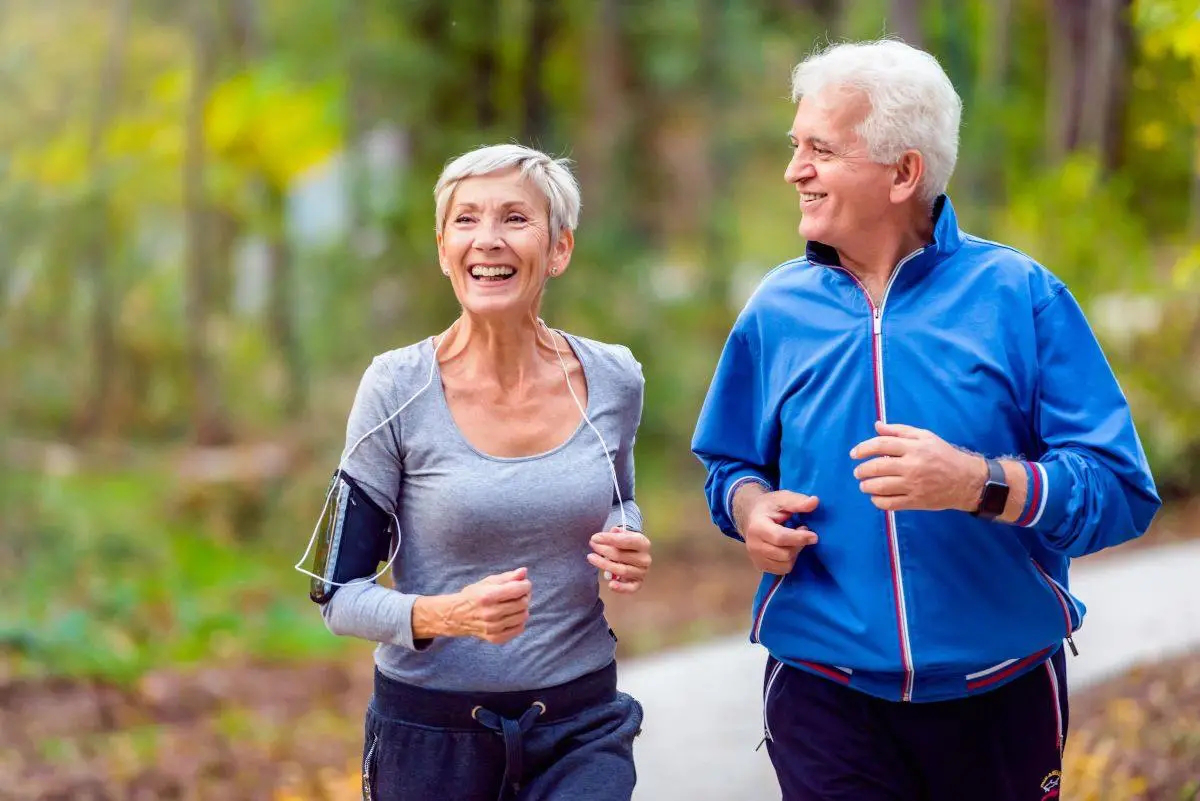
The main characteristics of human aging
Sagging and wrinkled skin
Elderly people appear saggy and dry due to the gradual decrease of skin moisture and subcutaneous fat, and the decrease of skin elasticity, as well as the increase of cross-linked bonds of skin collagen fibers, which causes contraction of connective tissues and wrinkled skin, especially on the face.
Gradual graying and thinning of hair
Hair turning gray is due to a decrease in pigmentation in the hair and an increase in air, while hair loss is due to atrophy of the hair follicle tissue at the root and the hair not receiving sufficient nutrition. The appearance of age spots, also known as longevity spots.
Tooth and bone changes
After middle age, the roots and dental tissues shrink, teeth will begin to shake and fall out, bone becomes loose and brittle in old age, prone to fracture, while cartilage becomes hard and less elastic, making the flexibility of joints decrease and the spine bend, resulting in the height of the elderly generally decreasing compared to the young and strong period.
Gonadal and muscle atrophy
After the age of 40, the endocrine glands, especially the gonads, gradually degenerate, causing menopausal symptoms. after the age of 50, muscle fibers gradually atrophy, muscle hardening, muscle strength decline, and movement gradually become clumsy and slow.
Cellular alterations
The changes vary among tissue and organ cells and are generally characterized by decreased homogeneity of cytoplasm, reduced mitochondria and decreased enzyme activity.
Reduced vision, hearing
In general, people start to feel blurred eyes around 40 years old, some elderly people have clouded lens, cataracts & hearing loss, and are prone to neurological deafness.
Gradual decrease in memory and thinking ability
Most people's memory decreases greatly after the age of 40 and they tend to forget new and recent things. This is mainly due to the massive death of brain cells in the elderly. In addition, there is a tendency for the function of motor, sensory, autonomic and higher neural activity to decline.
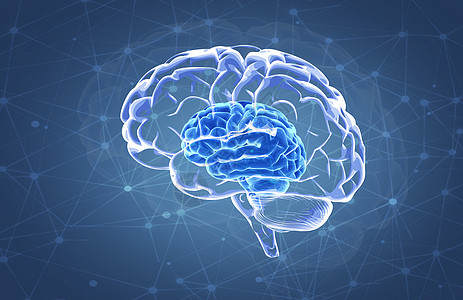
Slowness of movement, unresponsiveness and reduced adaptability
The elderly have muscle atrophy and neurological weakness, so they move slowly, are unresponsive, and have reduced adaptability to both the internal environment and the external environment.
Metabolic dysfunction
As we age, various enzyme activities and hormone levels in the body decline, causing metabolic functions to decline and tend to become disordered, which is one of the reasons for the decline in the functions of various organs. It can also cause a variety of metabolic diseases.
Immunity decline
The elderly have reduced humoral and cellular immune functions and are vulnerable to pathogens and can also develop autoimmune phenomena.
Decreased heart and lung function
In the elderly, myocardial contractility is weakened, compliance is reduced, and cardiac output is decreased. Aging of the lung tissue itself and age-related changes in structure and function related to respiratory movements affect the ventilation and ventilation function of the lungs, and lung function decreases.
Presence of geriatric diseases
Such as hypertension, cardiovascular disease, bronchitis, emphysema, diabetes, tumors, prostate hypertrophy and geriatric psychosis insomnia, depression" and so on. Other digestive, urinary, reproductive, endocrine and other system functions are decreased.
Anti-aging discoveries
One or several of the above aging characteristics can appear in a person, not all of them will appear in the same person, and there are also sequences in the appearance of aging characteristics, with significant individual differences.

Of course, in addition to normal age-related gray hair and hair loss, modern life, stress, nutritional deficiencies, disease factors, late nights, and smoking can also lead to gray hair production, as is the case with many young people who have gray hair in their twenties. Happily, researchers have begun to explore NMN-related to help improve gray hair and hair loss.
Studies have shown that the protective effects of NMN are based on the following: reducing photoreceptor cell death; inhibiting ocular inflammation; and increasing antioxidant levels and blocking oxidative stress. Further experimental results showed that these protective effects were mainly due to an increased activity of an enzyme, SIRT1.


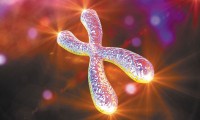
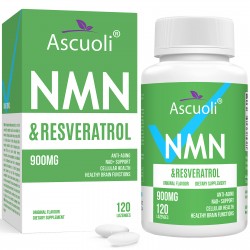
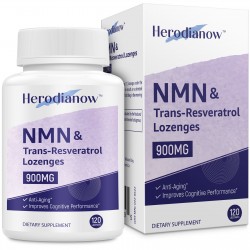



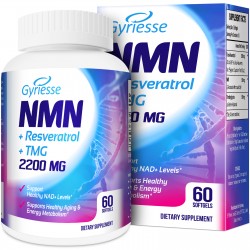
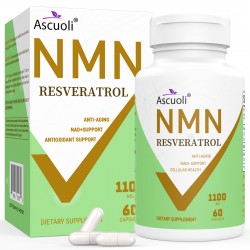

Leave a Comment